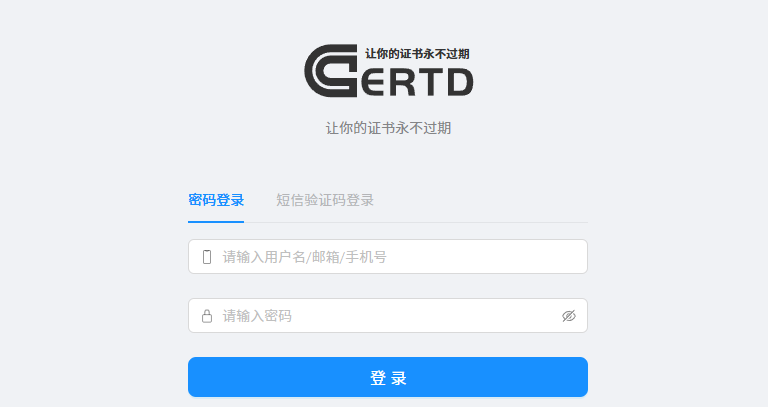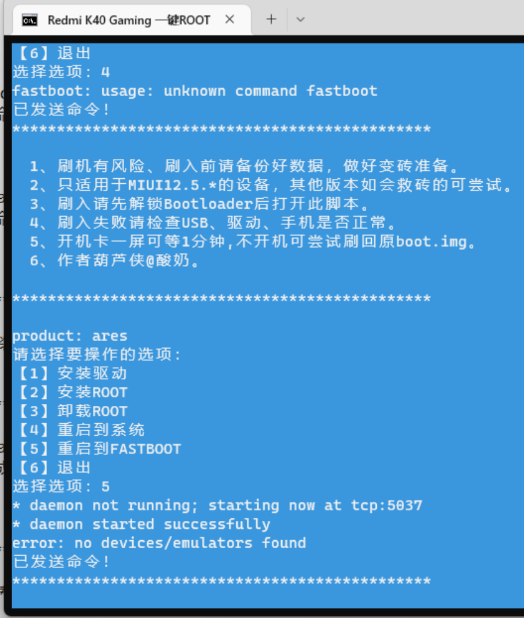在開發(fā)過程中,我們經(jīng)常需要快速構(gòu)建一個(gè)api來處理crud操作,尤其是在使用doctrine orm時(shí)。傳統(tǒng)的方法需要手動編寫大量的控制器和路由代碼,這不僅耗時(shí),而且容易出錯。最近,我在項(xiàng)目中遇到了同樣的問題,經(jīng)過一番探索,我發(fā)現(xiàn)了zf3belcebur/doctrine-orm-fast-api這個(gè)庫,它讓我能夠快速構(gòu)建一個(gè)自動化的api crud,極大地提高了開發(fā)效率。
可以通過以下地址學(xué)習(xí)composer:學(xué)習(xí)地址
首先,使用Composer安裝這個(gè)庫非常簡單:
composer require zf3belcebur/doctrine-orm-fast-api
安裝完成后,需要在config/application.config.php中添加ZF3BelceburDoctrineORMFastApi模塊。
接下來,我詳細(xì)介紹一下如何使用這個(gè)庫。ZF3BelceburDoctrineORMFastApiControllerIndexController繼承自AbstractRestfulController,它提供了自動化的CRUD方法,并且所有視圖都返回JsonModel格式的數(shù)據(jù)。
配置自定義路由
默認(rèn)情況下,API的路由是/bapi,但你可以根據(jù)需要自定義:
return [ ...other configs 'ZF3BelceburDoctrineORMFastApi' => [ 'route' => [ 'bapi' => [ 'type' => ZendRouterHttpLiteral::class, 'options' => [ 'route' => '/my-custom-url', ], ], ], ], ];
使用API
- 獲取可用API:訪問/bapi。
- 獲取列表:訪問/bapi/entity-name。
- 獲取帶分頁和EntityManager的列表:使用forward()->dispatch()方法。
- 帶過濾的列表:訪問/bapi/entity-name?propertyOrRelationName=propertyOrRelationValue。
- 獲取單個(gè)記錄:使用GET請求訪問/bapi/entity-name/identifierValue。
- 更新記錄:使用PUT請求訪問/bapi/entity-name/identifierValue。
- 創(chuàng)建記錄:使用POST請求訪問/bapi/entity-name/identifierValue。
- 刪除記錄:使用delete請求訪問/bapi/entity-name/identifierValue。
表單驗(yàn)證
如果你需要使用ZendForm進(jìn)行數(shù)據(jù)驗(yàn)證,只需在URL中添加表單名稱即可:
/bapi/product/25687/my-form-name
命名策略
你可以配置命名策略,例如使用DashNamingStrategy:
return [ ...other configs 'ZF3BelceburDoctrineORMFastApi' => [ 'naming_strategy' => DashNamingStrategy::class, ], ];
添加新策略
你可以根據(jù)字段名稱、字段類型或關(guān)系添加新的策略,例如:
'ZF3BelceburDoctrineORMFastApi' => [ 'hydrator-value-strategy-by-type' => [ 'datetime' => ZendHydratorStrategyDateTimeFormatterStrategy::class, ], 'hydrator-value-strategy-by-name' => [ 'languages' => ZendHydratorStrategyExplodeStrategy::class, ], ...other configs ]
自定義提取函數(shù)
如果需要自定義提取函數(shù),可以實(shí)現(xiàn)ZF3BelceburDoctrineORMFastApiResourceDoctrineORMFastApiInterface接口。
使用zf3belcebur/doctrine-orm-fast-api庫,我能夠快速構(gòu)建一個(gè)高效的API CRUD操作,極大地提高了開發(fā)效率。它的自動化特性減少了手動編碼的工作量,同時(shí)提供了靈活的配置選項(xiàng),滿足了各種需求。無論是小型項(xiàng)目還是大型應(yīng)用,這個(gè)庫都展現(xiàn)了強(qiáng)大的實(shí)用性和適應(yīng)性。
.jpg)

















.png)

